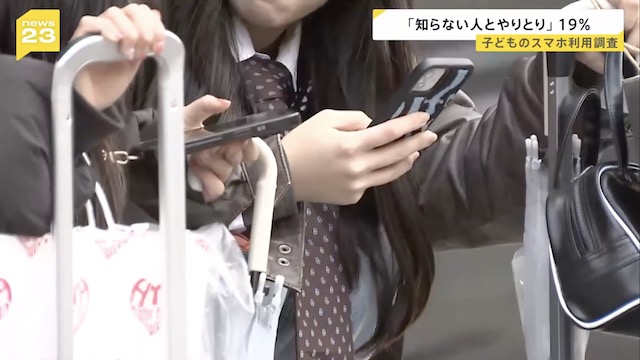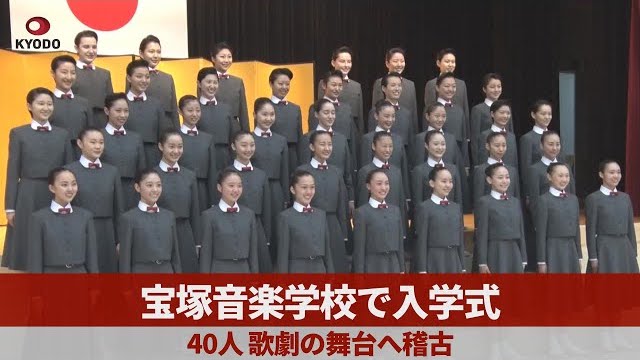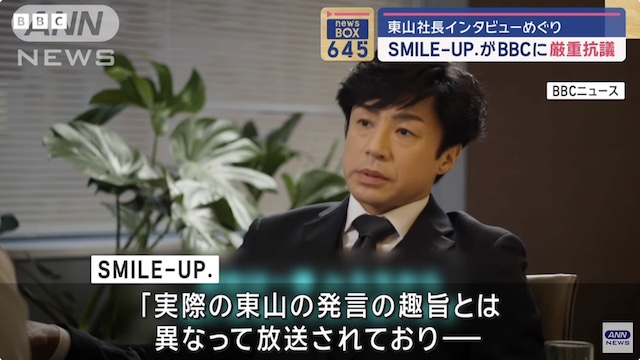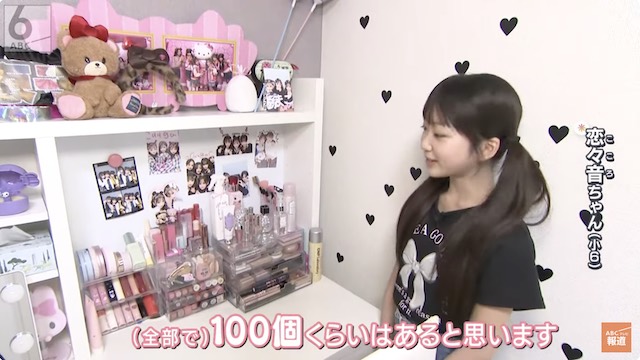Nov 14 (newsonjapan.com) - Almost a hundred years ago, the Indian sage Rabindranath Tagore visited Japan and was fascinated by it.
He expressed his impressions very accurately and briefly: “Japan gave life to a culture perfect in form and developed in people such a property of vision, that they see truth in beauty, and beauty in truth”.
This country has changed significantly since Rabindranath Tagore visited it. But even in the fast-paced lifestyle of modern Japan, it is not difficult to discern the same centuries-old experience of traditional culture.
Indeed, throughout its history, the culture of Japan has been persistently developing a system of special “symbols” that would educate and support this special vision of things in people.
Calligraphy
At school, in writing lessons, Japanese children learn the basics of calligraphy and at the same time become familiar with art. At the same time, behind each sign, they learn to see the essence of many things and phenomena of the world around them. For example, such a short word as "peace" is written in two japanese hieroglyphs, the first meaning "sacred land", and the second - "meeting".
The world is seen as a meeting place between man and the sacred. This combination is not accidental. It reflects the original Japanese worldview. According to Shinto ideas, the whole world surrounding a person is alive, filled with the presence of divine spirits. Everything has its own soul, and the task of a person is to honor and serve them.
So, gradually mastering the skills of writing, the Japanese discover the depth and versatility of the world. Going further, one can learn to express their inner state through signs, setting the brush in motion not only with the hand, but with the whole body and spirit. In such an exquisitely poetic form, the Japanese argue that it is possible to penetrate into the heart of everything, to see the true beauty through interaction and constant practice.
In the endlessly moving world of the Japanese, simple writing becomes art, art becomes philosophy, and philosophy becomes poetry.
Poetry
Since ancient times, it was believed that every educated person should master the skill of versification. This occupation is revered and loved by the people to this day. The three-line haiku, which appeared in the 17th century, enjoys special love and popularity in Japan and already beyond its borders.
Haiku are verse-pictures, images captured in words, conveying an event, not telling about it, but showing it. It's also always a dialogue. The poet conveys his feelings, experiences, born at a certain moment of life. The reader must become a bit of a poet too, recreate that very moment in his imagination and experience the feelings associated with it. If such a dialogue occurs, there starts a conversation from heart to heart.
Flowers
Flowers were always of great importance in the life of the Japanese. They raised the skill of arranging flowers to the rank of real art, which was called ikebana or kado - “the way of the flower”.
Floral arrangements have been exhibited in the altars of Buddhist temples and in domestic sacred niches since ancient times. After all, Buddha himself, according to a legend, passed on knowledge to his students with the help of a single flower, without resorting to words.
The Japanese also love bright lush flowers such as peonies. In a vase they, most likely, will put one unblown ball of a bud, and their heart will overflow with a joyful premonition: watching how one petal after another opens. This way, they can become accomplices in the great revelation of nature.
Cats
Cats appeared in Japan after 700 AD, but gained popularity thanks to the influence of Buddhism, which came from China. The first Buddhist monks in Japan kept cats at their monasteries to keep books safe from rodents. However, this clarification was often omitted in popular rumors. Thus, a belief that cats are the keepers of sacred scriptures arose.
During the reign of Emperor Ichijo, cats were considered a symbol of high social status, they were given to courtiers for special merit.
But despite all the privilege, somewhere after 1200 AD, cats began to be considered demonic creatures, because, according to the Japanese belief that took place at that time, the tail of a cat is akin to a snake, beautiful, but dangerous. It was believed that by hitting the ground with its tail, a cat could summon evil spirits.
Nowadays, things have greatly changed! For example, in Tokyo, there is a Buddhist temple Gotoku-ji, where cats are even revered. Japanese people come there to place portraits or small sculptures in the temple, on the altar, after the death of their favorite fur friends.
If you also venerate cats as the Japanese do, we believe you’d be interested in learning more about some unusual, yet beautiful breeds, such as the abyssinian cat!
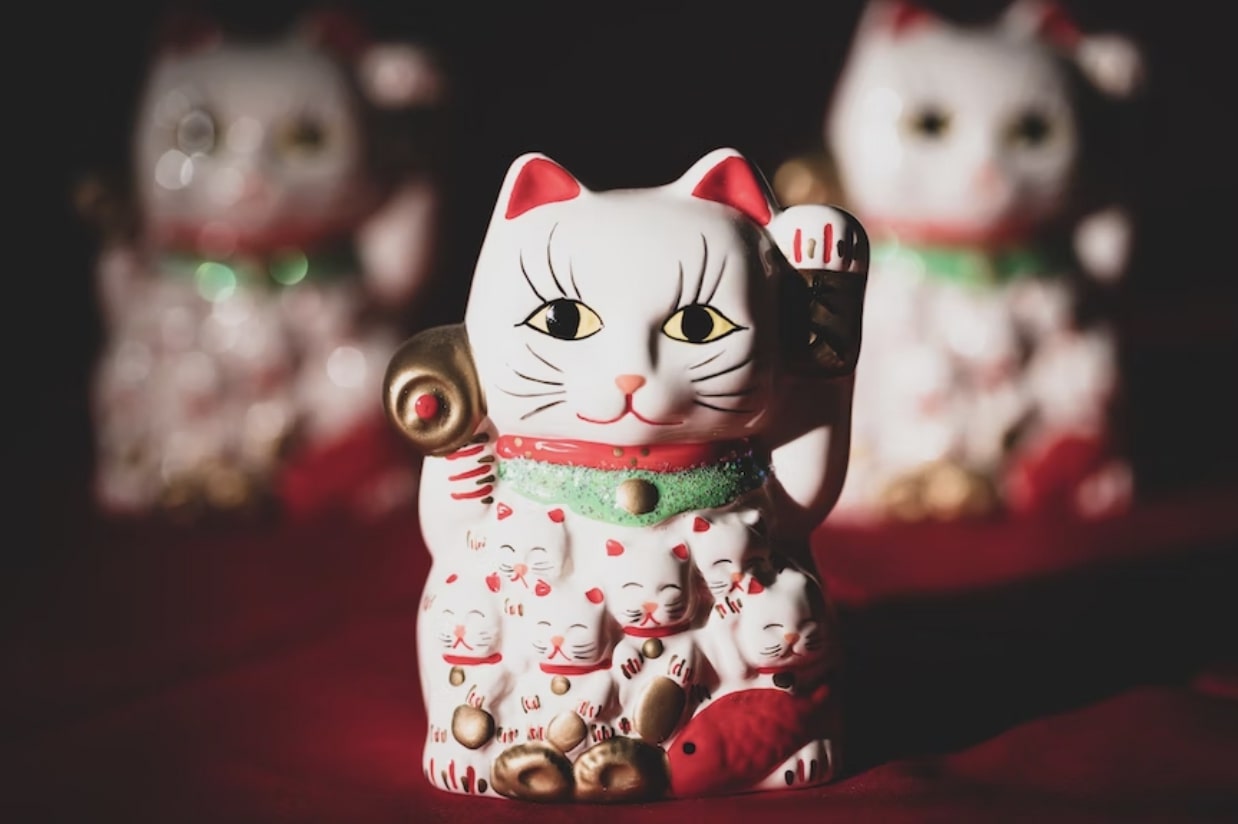
Tea ceremony
At the heart of the art of the tea ceremony one can see the same persistent need of the Japanese to share their inner experiences at a certain time of the year. Such an ordinary action, like a meal and some tea with friends turns into high art, in many ways close to traditional poetry.
Only instead of the poet and the reader, there is the host and the guests conducting their dialogue in a special way. Long before the tea event, the person thinks over and chooses suitable utensils for this occasion, flowers, incense, etc. Every detail is important and plays its small role.
The ability to correctly find and select things in the art of tea is achieved through deep knowledge and many years of practice. But if everything works out, then, as the tea masters say, real miracles begin to happen: a tea room, a boiling cauldron, tea cups - all the things seem to come to life, taking on a different meaning.
“All fine art obeys nature and is friends with the four seasons. As soon as you see, you cannot help but see the flowers, as soon as you think, you cannot help but think of the moon. When what you see is not flowers, you are like a rude barbarian. When there are no flowers in your thoughts, you are like a wild animal” - the poet Basho once left such an entry in his travel diaries.
If we remember that, in Japanese culture, a flower almost always personifies the soul, the living heart of nature, and the moon always attracts the eyes of the Japanese with its pure light, these poetic lines also reveal their philosophical depth - we became humans when we sought to see in all that surrounds us the manifestations of their essence, the calm light settling in our thoughts, like the light of the moon in autumn, on the most beautiful of its full moons.


